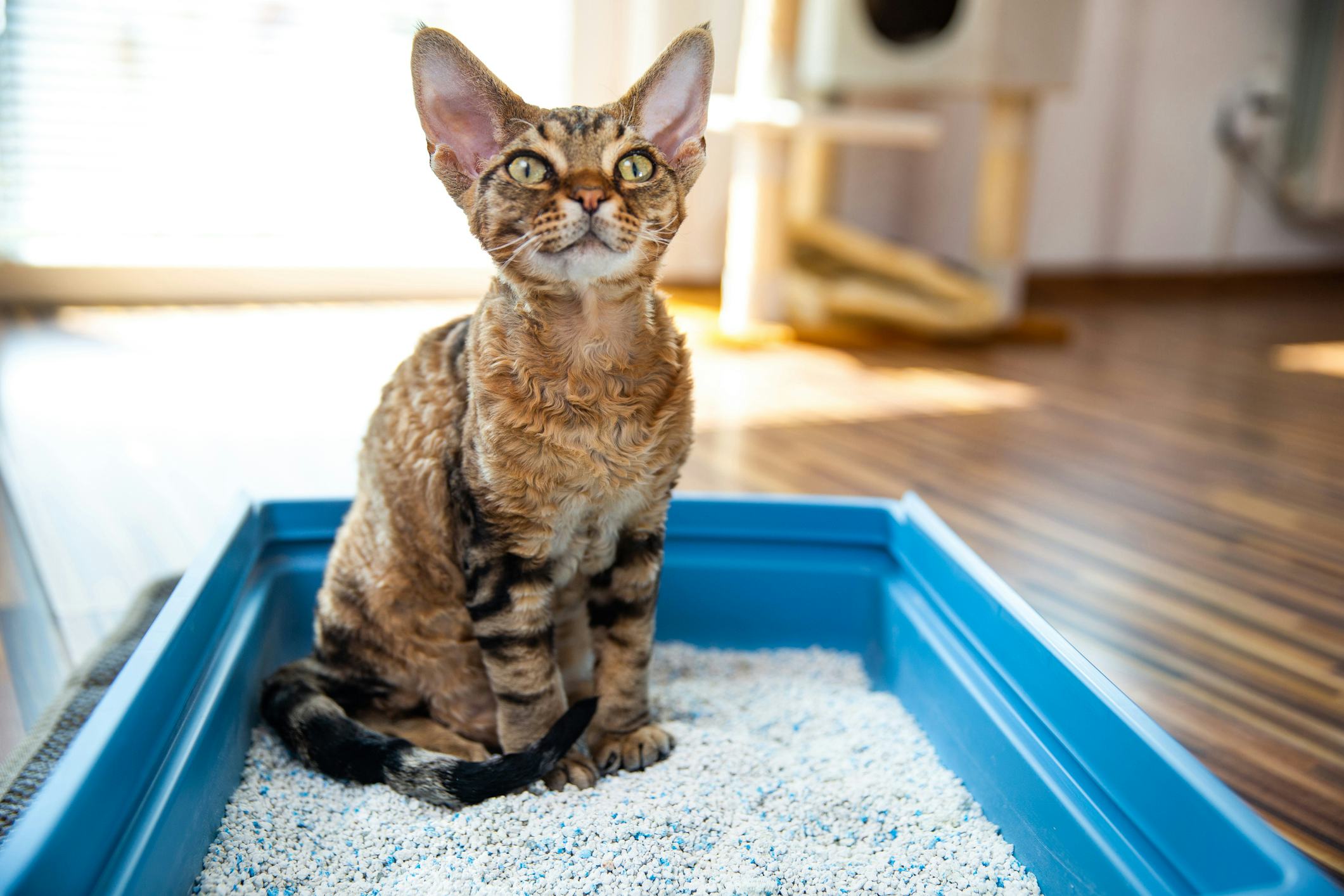In this article below you will find additional incredibly good help and advice relating to Don’t flush cat feces down the toilet.

Introduction
As cat owners, it's vital to be mindful of how we dispose of our feline pals' waste. While it may appear convenient to purge feline poop down the bathroom, this practice can have detrimental repercussions for both the atmosphere and human health and wellness.
Ecological Impact
Purging pet cat poop introduces damaging microorganisms and parasites right into the supply of water, posturing a substantial danger to water environments. These contaminants can negatively affect aquatic life and concession water top quality.
Health and wellness Risks
In addition to ecological problems, purging feline waste can likewise present wellness threats to humans. Feline feces may contain Toxoplasma gondii, a bloodsucker that can cause toxoplasmosis-- a potentially extreme ailment, specifically for pregnant females and people with weakened body immune systems.
Alternatives to Flushing
The good news is, there are safer and much more responsible methods to get rid of pet cat poop. Consider the adhering to choices:
1. Scoop and Dispose in Trash
One of the most usual approach of dealing with feline poop is to scoop it into an eco-friendly bag and toss it in the garbage. Make sure to make use of a dedicated clutter inside story and get rid of the waste without delay.
2. Use Biodegradable Litter
Choose biodegradable cat litter made from materials such as corn or wheat. These trashes are environmentally friendly and can be safely dealt with in the garbage.
3. Hide in the Yard
If you have a backyard, consider burying cat waste in a designated area away from vegetable gardens and water sources. Be sure to dig deep adequate to stop contamination of groundwater.
4. Set Up a Pet Waste Disposal System
Purchase an animal garbage disposal system especially developed for cat waste. These systems use enzymes to break down the waste, reducing odor and ecological influence.
Conclusion
Responsible animal possession prolongs past giving food and shelter-- it likewise includes appropriate waste management. By avoiding purging pet cat poop down the commode and selecting different disposal approaches, we can reduce our environmental impact and shield human health and wellness.
Why Can’t I Flush Cat Poop?
It Spreads a Parasite
Cats are frequently infected with a parasite called toxoplasma gondii. The parasite causes an infection called toxoplasmosis. It is usually harmless to cats. The parasite only uses cat poop as a host for its eggs. Otherwise, the cat’s immune system usually keeps the infection at low enough levels to maintain its own health. But it does not stop the develop of eggs. These eggs are tiny and surprisingly tough. They may survive for a year before they begin to grow. But that’s the problem.
Our wastewater system is not designed to deal with toxoplasmosis eggs. Instead, most eggs will flush from your toilet into sewers and wastewater management plants. After the sewage is treated for many other harmful things in it, it is typically released into local rivers, lakes, or oceans. Here, the toxoplasmosis eggs can find new hosts, including starfish, crabs, otters, and many other wildlife. For many, this is a significant risk to their health. Toxoplasmosis can also end up infecting water sources that are important for agriculture, which means our deer, pigs, and sheep can get infected too.
Is There Risk to Humans?
There can be a risk to human life from flushing cat poop down the toilet. If you do so, the parasites from your cat’s poop can end up in shellfish, game animals, or livestock. If this meat is then served raw or undercooked, the people who eat it can get sick.
In fact, according to the CDC, 40 million people in the United States are infected with toxoplasma gondii. They get it from exposure to infected seafood, or from some kind of cat poop contamination, like drinking from a stream that is contaminated or touching anything that has come into contact with cat poop. That includes just cleaning a cat litter box.
Most people who get infected with these parasites will not develop any symptoms. However, for pregnant women or for those with compromised immune systems, the parasite can cause severe health problems.
How to Handle Cat Poop
The best way to handle cat poop is actually to clean the box more often. The eggs that the parasite sheds will not become active until one to five days after the cat poops. That means that if you clean daily, you’re much less likely to come into direct contact with infectious eggs.
That said, always dispose of cat poop in the garbage and not down the toilet. Wash your hands before and after you clean the litter box, and bring the bag of poop right outside to your garbage bins.
https://trenchlesssolutionsusa.com/why-cant-i-flush-cat-poop/

Do you like reading up on Can You Flush Cat Poo or Litter Down the Toilet?? Make feedback down the page. We will be glad to listen to your views about this page. In hopes that you visit us again soon. In case you enjoyed reading our blog entry plz don't forget to share it. Thanks a lot for taking the time to read it.
Visit